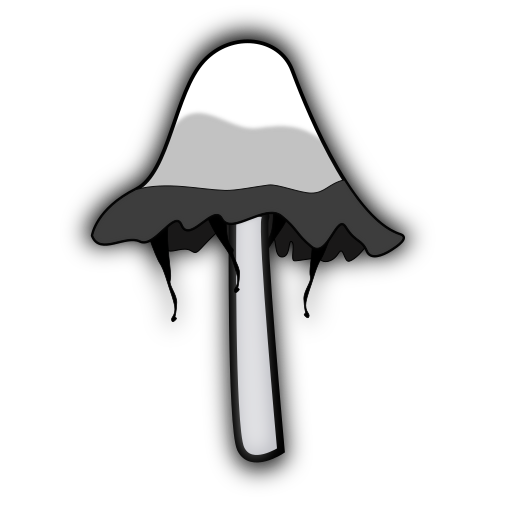We see them most years but they’re very spotty when the spring is abnormally hot or there wasn’t much snowfall.
Magpie
Amateur mycologist and lichenologist (emphasis on the amateur)
- 8 Posts
- 12 Comments
That’s fine, no experience needed. I am actually not all that great at ID either, I just know the most common species in my area.

 1·18 days ago
1·18 days agoNice, they sort of grow around my area but are very elusive

 2·18 days ago
2·18 days agoWe have a fruiting chamber set up, its an old grow tent with ventilation, lights and a fogger. Honestly, if I wasn’t for the heavy spore load I would say this would grow well on a counter top. This is my first reishi grow so I am not very experienced with this species so take that with a grain of salt.

 7·19 days ago
7·19 days agoThey absolutely do hahah

 4·19 days ago
4·19 days agoNot yet, I do regularly have reishi powder or extract in my coffee though but I’ve never had homegrown.

 5·19 days ago
5·19 days agoThese take a bit of getting used to for sure and quite some time before the mycelium matures. I thought they’d never get there. Substrate is straight hardwood fuel pellets. I inoculated these in November and they colonised within a few weeks but I left them until they began to sort of grow antlers (actually left them longer because I got busy with work). I started fruiting them 4 weeks ago give or take. Temps were probably around 16-20°C normally. I bumped the humidity down to 60 or 70%.

 3·19 days ago
3·19 days agoThey look almost identical to each other but I believe G. tsugae tends to favour conifer, I grew this on hardwood.

 2·22 days ago
2·22 days agoLichens take a very long time to regenerate, most only grow a few mm a year. Some are protected or endangered on top of that. A good example is Lobaria pulmonaria, highly sought after by dyers because it produces a rich orange/brown dye in wool and other fibres. L. pulmonaria takes a considerable amount of time to grow, the thallus (body) only begins to reproduce after 25 years so is mainly found in older growth forests. Depending on the area, a person could come through and decimate a population just trying to collect enough material to dye a sweater. I’m not saying you should never harvest any lichen (its often unavoidable for ID purposes) but it is always a good idea to be conscious of your impact on a population of very slow growing organisms. The best way to harvest lichens is to salvage it off the ground after a wind storm or something like that, when lichens detach from the substrate they are rarely able adapt to the new environment and eventually die so its not as big a deal if you take that home because its going to decompose anyway. I have also seen where folks harvest no more than 1/10th of the population or harvest the outer edges of the thallus so that most of the colony remains. Really just depends.
Very cool, Cladonia always make me happy
I find that the timing has to be just right for your location. We find them usually beginning or middle of june, sometimes later, but most people associate them with the month of may as in the “may mushroom” and see people south of our location finding them earlier, even april. These morels grow right up against my house so its a warmer and wetter microclimate so you won’t find them in the mountains yet because it hasn’t warmed up enough. We also check our spots a couple times a week, especially after finding them in the garden. I look for Verpas, a morel lookalike that fruits usually a couple weeks before we find the real morels. I also take in to consideration other things like precipitation, previous winter’s snow fall, and how hot the spring has been in my area.